Home>Gardening & Outdoor>Landscaping Ideas>What Is The Best Length To Cut Your Grass
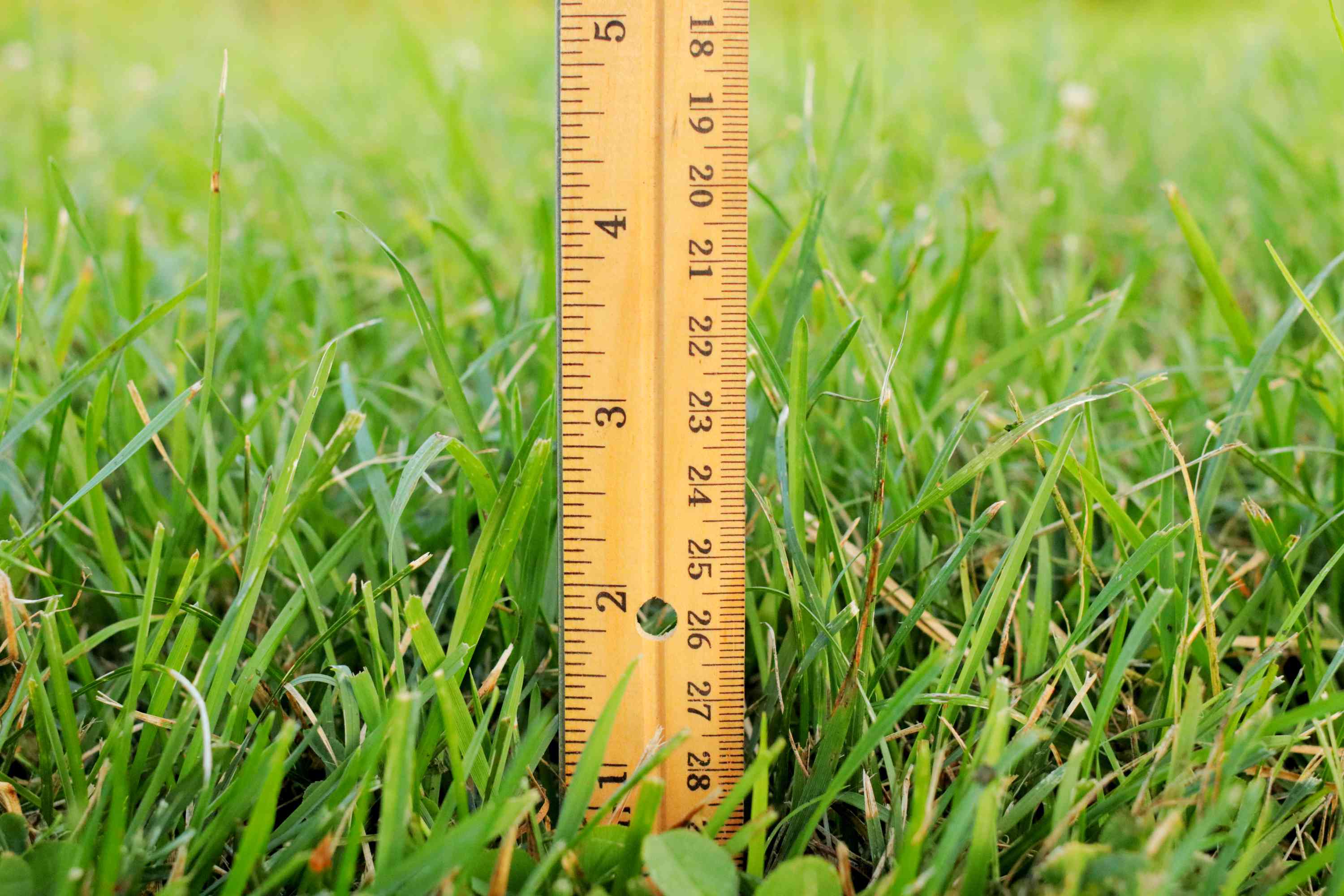

Landscaping Ideas
What Is The Best Length To Cut Your Grass
Modified: August 23, 2024
Find the ideal grass length for your lawn with expert landscaping ideas. Discover the best practices for maintaining a well-manicured yard.
(Many of the links in this article redirect to a specific reviewed product. Your purchase of these products through affiliate links helps to generate commission for Storables.com, at no extra cost. Learn more)
Introduction
Welcome to the world of landscaping, where the length of your grass can make a significant difference in the overall health and appearance of your lawn. As a homeowner, maintaining your lawn is a crucial aspect of caring for your property, and understanding the best length to cut your grass is essential for achieving a lush, vibrant lawn.
When it comes to landscaping, the length at which you mow your grass can impact not only the aesthetic appeal of your lawn but also its resilience and overall well-being. In this comprehensive guide, we will delve into the various factors to consider when determining the ideal grass length, the influence of grass length on lawn health, and the best practices for achieving and maintaining the perfect grass length for your specific type of grass.
Whether you’re a seasoned lawn care enthusiast or a novice homeowner looking to elevate the appearance of your outdoor space, understanding the significance of grass length and its impact on your lawn’s health is fundamental. So, let’s embark on this journey to uncover the secrets of achieving the perfect grass length for a lawn that will be the envy of the neighborhood.
Key Takeaways:
- The length at which you mow your grass impacts its health and appearance. Factors like grass type, climate, and usage influence the ideal grass length for a vibrant lawn.
- Regular maintenance, sharp blades, and adhering to the one-third rule are essential for achieving the perfect grass length and maintaining a healthy, lush lawn. Tailoring mowing practices to your grass type is key.
Read more: What Length To Cut Grass In Fall
Factors to Consider When Choosing Grass Length
When determining the ideal length to cut your grass, several factors come into play. Understanding these considerations is crucial for maintaining a healthy and visually appealing lawn.
- Grass Type: Different grass species have varying ideal heights. For instance, Bermuda grass thrives when kept short, while fescue and bluegrass prefer a slightly taller cut. It’s essential to know the specific requirements of your grass type.
- Climate: The climate of your region significantly influences the ideal grass length. In warmer climates, shorter grass may be preferred to conserve moisture, while in cooler regions, longer grass can help protect the soil and roots from extreme temperatures.
- Season: Grass length requirements can fluctuate with the seasons. During the active growing season, a slightly taller cut may be beneficial, while in the dormant season, a shorter trim can be advantageous.
- Usage: Consider how your lawn is used. If it’s primarily for aesthetic purposes, a shorter cut may be suitable. However, if your lawn serves as a play area for children or pets, a slightly longer grass length can provide cushioning and durability.
- Lawn Health: The overall health of your lawn is a critical factor. Cutting your grass too short can stress the plants and make them more susceptible to disease and weed infestations. Conversely, allowing the grass to become excessively long can lead to thatch buildup and hinder air circulation.
By carefully considering these factors, you can determine the optimal grass length for your lawn, ensuring that it remains healthy, resilient, and visually appealing throughout the year.
The Impact of Grass Length on Lawn Health
The length at which you maintain your grass plays a pivotal role in the overall health and vitality of your lawn. Understanding the impact of grass length on lawn health is essential for effective lawn care and maintenance.
Root Development: Grass length directly influences the development of the root system. Longer grass promotes deeper root growth, enhancing the lawn’s ability to withstand drought and absorb nutrients from the soil. Conversely, cutting the grass too short can result in shallow root systems, making the lawn more susceptible to stress and damage.
Moisture Retention: The length of the grass blades affects the retention of moisture in the soil. Longer grass provides shade, reducing water evaporation and helping the soil retain moisture. This is particularly beneficial during hot and dry periods, as it can contribute to the overall hydration of the lawn.
Thatch Prevention: Maintaining the appropriate grass length is crucial in preventing thatch buildup. Thatch is a dense layer of organic debris that accumulates between the soil and the grass blades. Cutting the grass too short can impede the decomposition of organic matter, leading to thatch accumulation, which can hinder water and nutrient penetration, as well as promote disease and pest infestations.
Overall Resilience: The length of the grass directly impacts its resilience against environmental stressors. Properly maintained grass at the ideal length exhibits greater resilience to foot traffic, extreme temperatures, and pest pressures, contributing to a healthier and more robust lawn.
Disease Resistance: Grass length influences the lawn’s susceptibility to diseases. Overly long grass can create a damp, shaded environment that fosters fungal growth, while excessively short grass may stress the plants, making them more vulnerable to infections. Maintaining the optimal grass length is crucial for minimizing the risk of diseases and promoting a healthier lawn.
By recognizing the profound impact of grass length on lawn health, you can make informed decisions when it comes to mowing and maintaining your lawn, ultimately fostering a vibrant, resilient, and visually stunning outdoor space.
For most grass types, it’s best to mow at a height of 2-3 inches. Taller grass shades the soil, retains moisture, and helps prevent weeds. Keep it at this height to maintain a healthy lawn.
Ideal Grass Length for Different Types of Grass
Understanding the specific requirements of different grass species is essential for achieving the ideal grass length and promoting a healthy, thriving lawn. Each type of grass has distinct characteristics that influence the optimal mowing height.
Bermuda Grass: Bermuda grass thrives when maintained at a height of around 1 to 1.5 inches. This warm-season grass species benefits from a shorter cut, promoting dense growth and a well-manicured appearance.
Fescue Grass: Fescue grass, a cool-season variety, typically performs best when kept at a height of 2 to 3 inches. This slightly taller cut supports the development of a deep root system and enhances the grass’s ability to withstand environmental stressors.
Bluegrass: Bluegrass flourishes when maintained at a height of approximately 2.5 to 3.5 inches. This taller cut contributes to the grass’s resilience and aesthetic appeal, making it an ideal choice for lawns that prioritize a lush, dense appearance.
Centipede Grass: Centipede grass is well-suited to a mowing height of 1.5 to 2 inches. This warm-season grass variety benefits from a moderately short cut, promoting a uniform, attractive lawn with minimal maintenance requirements.
St. Augustine Grass: St. Augustine grass thrives when maintained at a height of 2.5 to 4 inches. This relatively tall cut supports the grass’s natural growth patterns and contributes to its ability to withstand heat and drought, making it an excellent choice for lawns in warmer climates.
By tailoring your mowing practices to the specific requirements of your grass type, you can ensure that your lawn remains healthy, vibrant, and visually appealing throughout the year. Understanding the ideal grass length for different types of grass empowers you to make informed decisions that contribute to the long-term well-being of your lawn.
Best Practices for Cutting Your Grass
When it comes to mowing your lawn, employing best practices is essential for achieving the perfect grass length and maintaining a healthy, lush lawn. By adhering to these guidelines, you can optimize the appearance and resilience of your grass while promoting overall lawn health.
- Regular Maintenance: Establish a consistent mowing schedule to prevent the grass from becoming excessively long. Frequent, light mowing is preferable to infrequent, heavy mowing, as it minimizes stress on the grass and promotes a tidy, well-manicured lawn.
- Adhere to the One-Third Rule: Avoid cutting more than one-third of the grass blade’s length in a single mowing session. This practice prevents shock to the grass and supports healthy regrowth, contributing to a denser, more resilient lawn.
- Sharp Blades: Ensure that your mower blades are sharp to achieve clean, precise cuts. Dull blades can tear the grass, leading to jagged edges that are more susceptible to disease and moisture loss.
- Alternate Mowing Patterns: Vary the direction in which you mow your lawn to prevent soil compaction and promote upright grass growth. Altering the mowing pattern with each session encourages a more even cut and reduces the risk of creating ruts in the lawn.
- Mow When Dry: It’s best to mow the lawn when the grass is dry to achieve a more even cut and prevent clumping. Wet grass can clog the mower and result in uneven mowing, potentially damaging the grass.
- Leave Clippings on the Lawn: Consider leaving grass clippings on the lawn to decompose and return nutrients to the soil. This practice, known as grasscycling, can contribute to the overall health and fertility of the lawn.
- Adjust Mowing Height: Tailor the mowing height to the specific requirements of your grass type and the prevailing environmental conditions. Adjusting the mowing height as needed ensures that the grass remains at an optimal length for its health and well-being.
By incorporating these best practices into your lawn care routine, you can elevate the appearance and vitality of your grass, fostering a stunning, resilient lawn that enhances the beauty of your outdoor space.
Conclusion
As we conclude our exploration of the best length to cut your grass, it’s evident that the grass length plays a pivotal role in the overall health, appearance, and resilience of your lawn. By considering factors such as grass type, climate, and usage, you can determine the ideal grass length for your specific lawn, ensuring that it remains vibrant and visually appealing throughout the year.
Understanding the profound impact of grass length on lawn health empowers you to make informed decisions when it comes to mowing and maintaining your lawn. By adhering to best practices, such as regular maintenance, adhering to the one-third rule, and using sharp mower blades, you can optimize the appearance and resilience of your grass, promoting overall lawn health.
Furthermore, tailoring your mowing practices to the specific requirements of your grass type, whether it’s Bermuda grass, fescue grass, bluegrass, centipede grass, or St. Augustine grass, allows you to ensure that your lawn remains healthy, vibrant, and visually appealing throughout the year.
Ultimately, achieving the perfect grass length is a harmonious blend of art and science, where the health and beauty of your lawn are intricately intertwined. By implementing the insights and best practices shared in this guide, you can cultivate a lush, resilient lawn that serves as a source of pride and enjoyment for you and your family.
So, as you embark on your lawn care journey, remember that the best length to cut your grass is not just a number; it’s a reflection of your dedication to creating an outdoor space that exudes natural beauty and vitality.
Frequently Asked Questions about What Is The Best Length To Cut Your Grass
Was this page helpful?
At Storables.com, we guarantee accurate and reliable information. Our content, validated by Expert Board Contributors, is crafted following stringent Editorial Policies. We're committed to providing you with well-researched, expert-backed insights for all your informational needs.


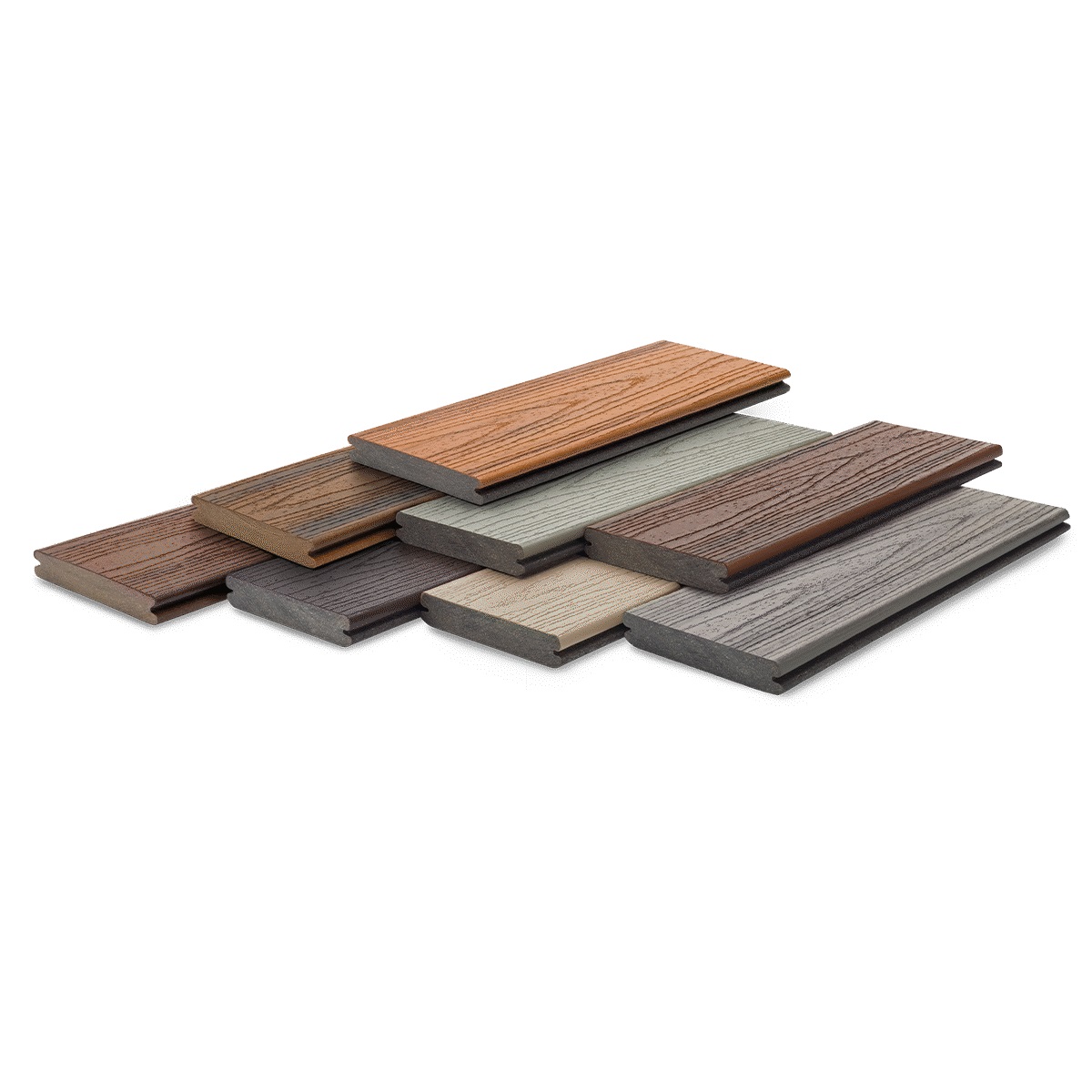
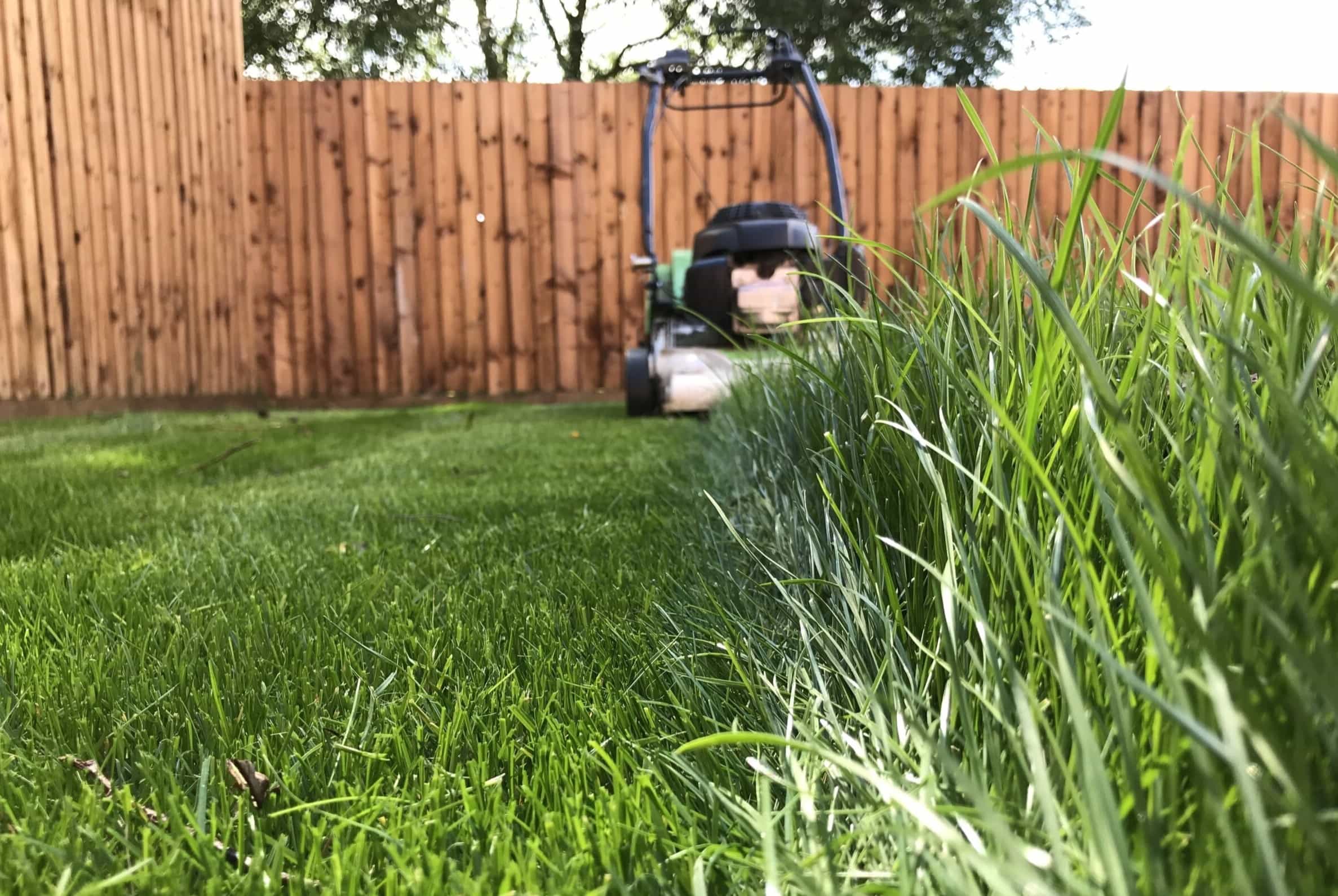
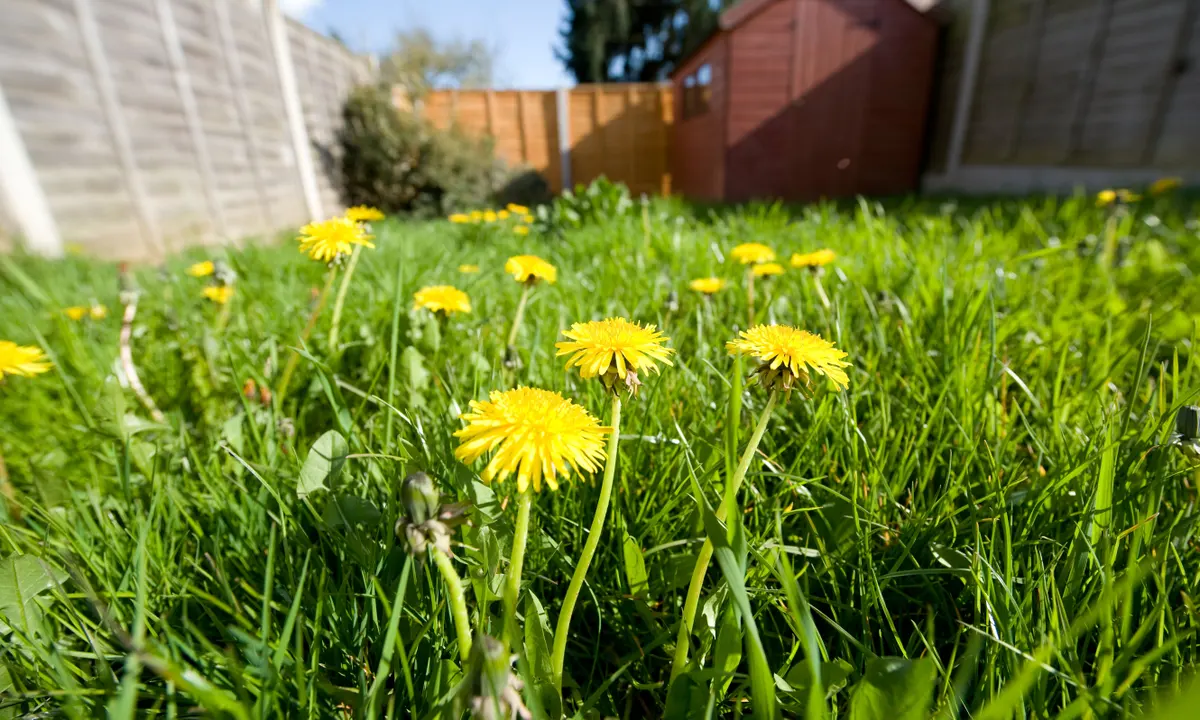
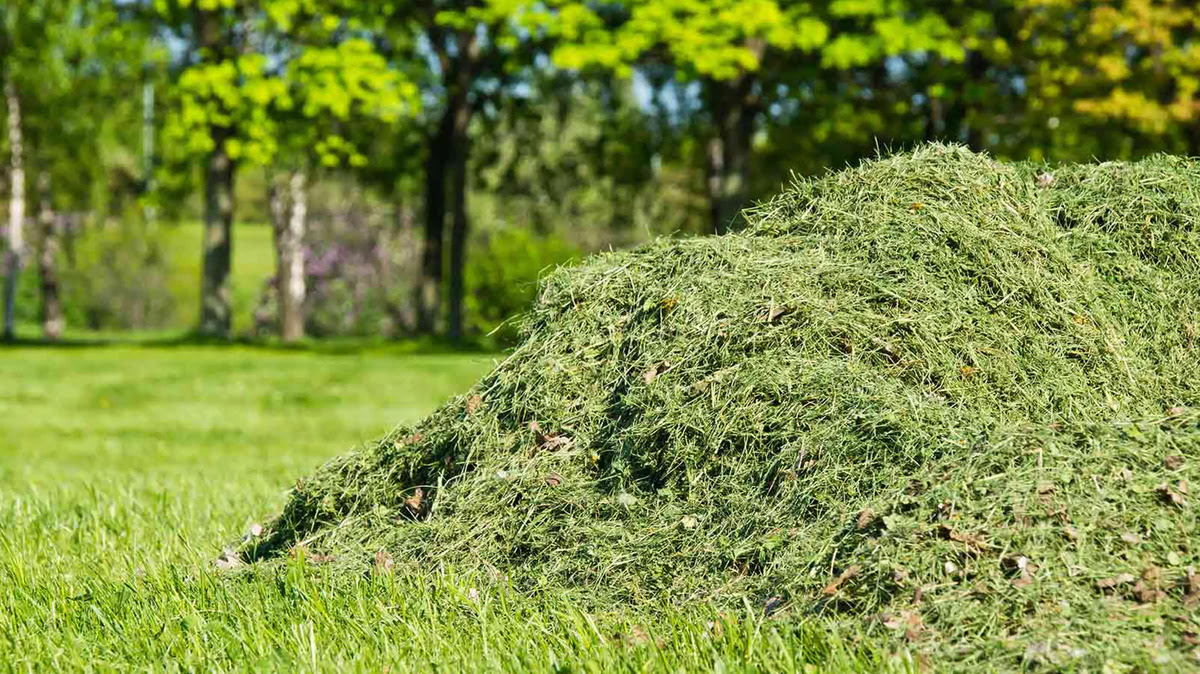
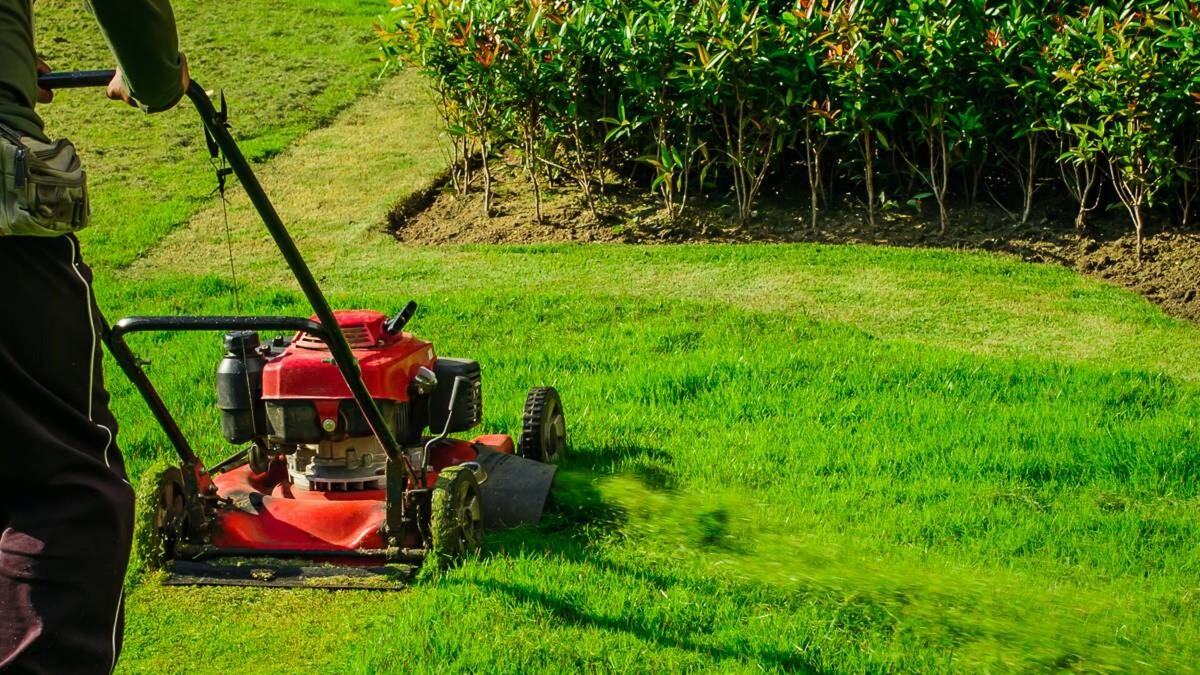


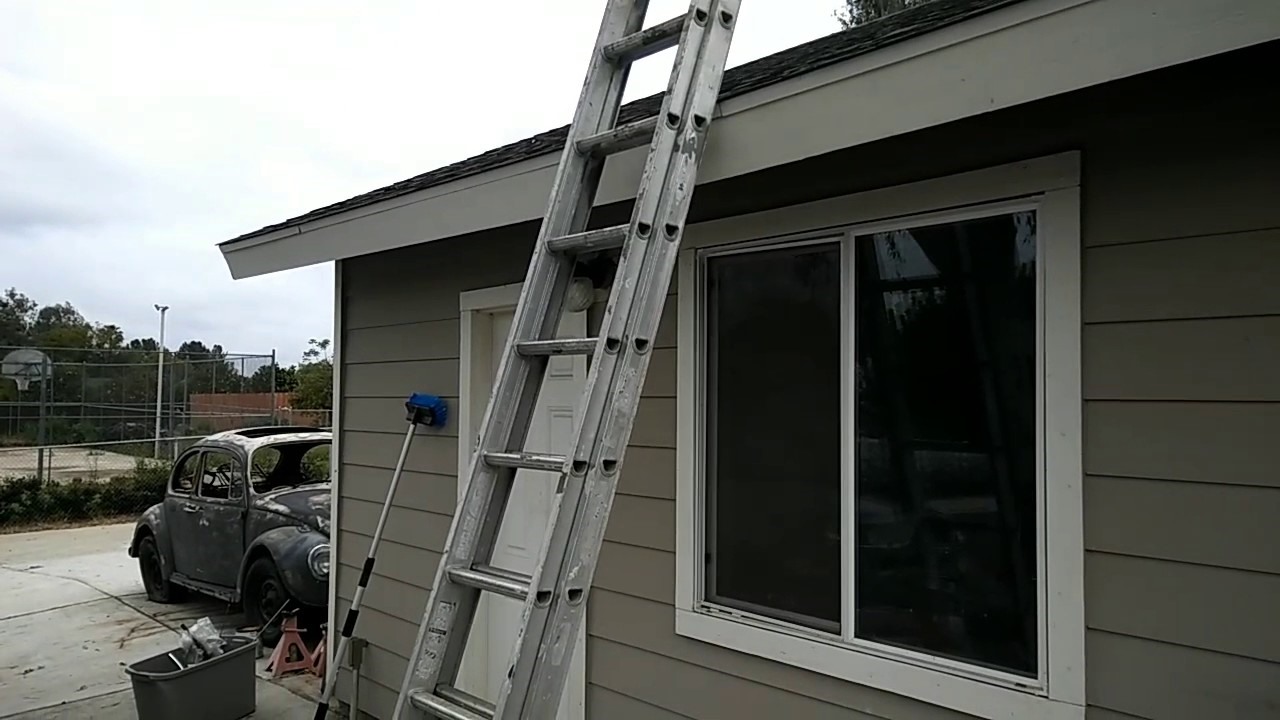
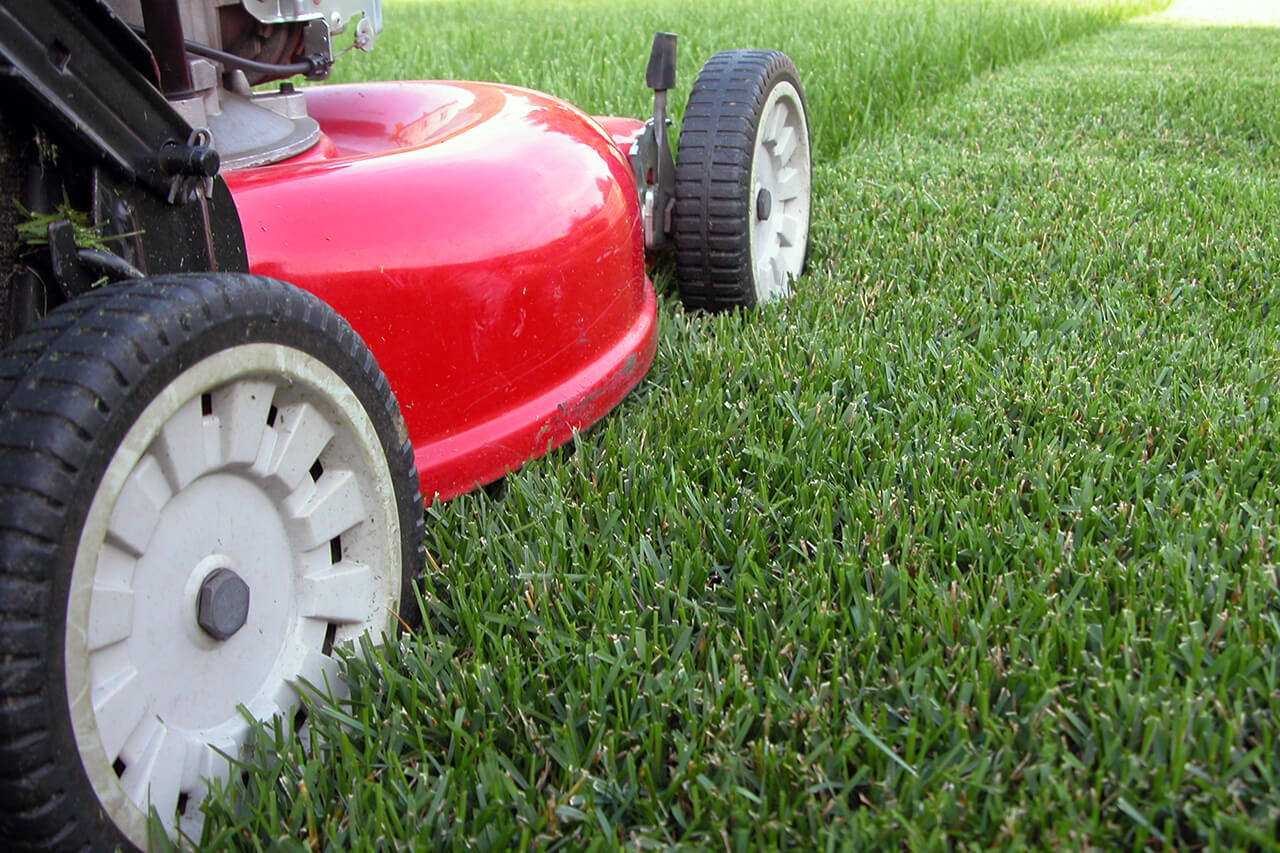

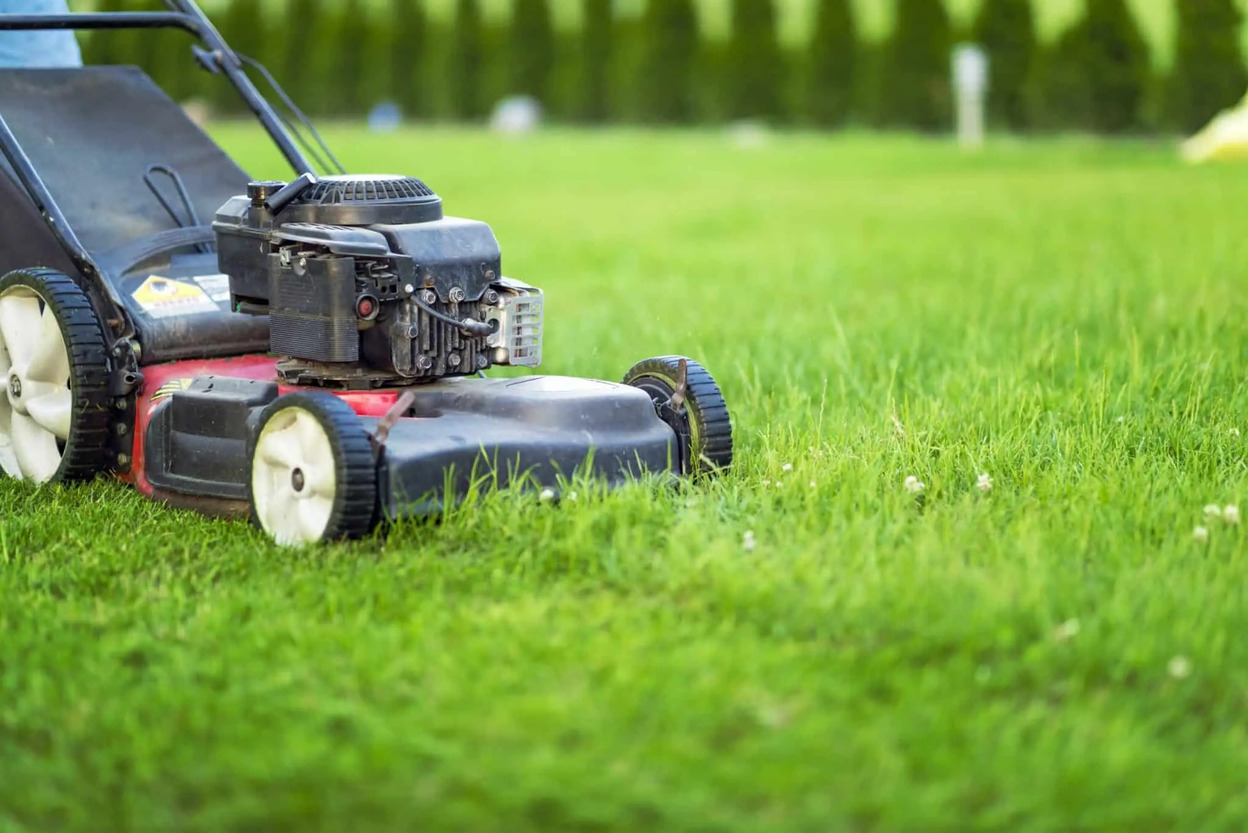


0 thoughts on “What Is The Best Length To Cut Your Grass”